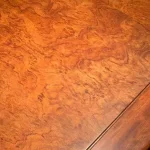
Bubinga Wood
July 31, 2024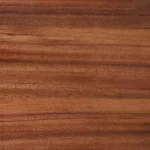
Sapele Wood
July 31, 2024Ebony
About
Ebony has many species, of which black ebony or African ebony is the most famous. Its distribution is limited to Equatorial West Africa. The trees are about 50-60 ft (15-18 m) tall and have a 2-3 ft (.6-1 m) trunk diameter. The average dried weight of ebony is very high at 60 lbs/ft3 (955 kg/m3) and so is the Janka rating at 3,080 lbf (13,700 N), indicating the wood is both heavy and hard.
Description
Usually jet-black in colour with little variation in grain, the heartwood is strong. Occasionally, streaks of dark brown or greyish brown may be visible. Usually straight, but not always, grain can be interlocked. Fine, uniform texture with an exceptional natural lustre. Ebony wood is said to be remarkably resistant to termites and insects. Due to its exceptionally high density, it may be challenging to work with. has the effect of dulling cutters. On pieces with interlocked or uneven grain, tear-out may happen. This wood has a high oil content, which can occasionally make glueing difficult. polishes to a good gloss and has a good finish. reacts favourably to steam bending.
Uses
One of the most expensive types of lumber is African ebony, which is often two to three times as expensive as the majority of Rosewood species. Ebony tree’s little height and great demand may be factors in its seemingly excessive pricing. It is especially used to make little, beautiful items like pool cues, piano keys, carvings, musical instrument components, and other tiny, speciality goods.

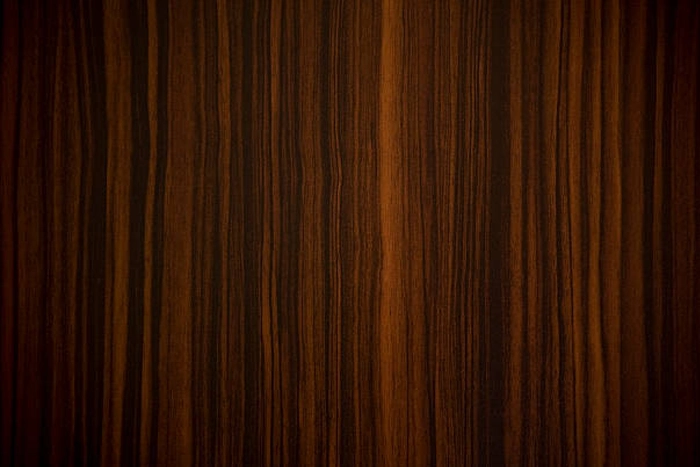
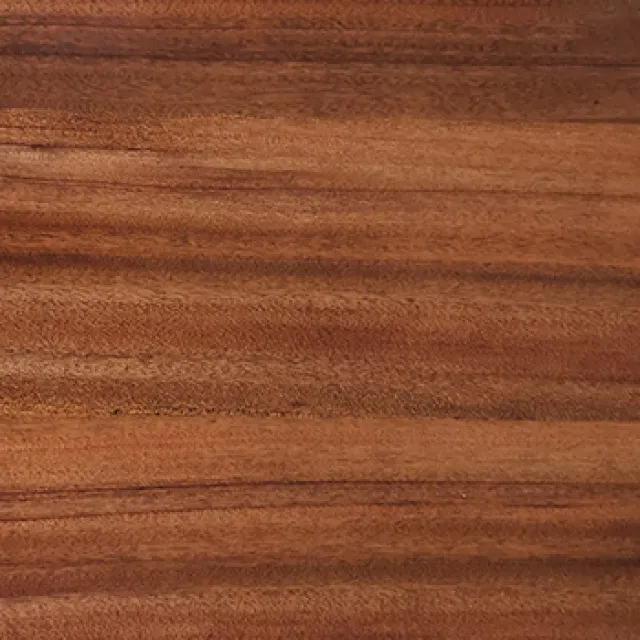
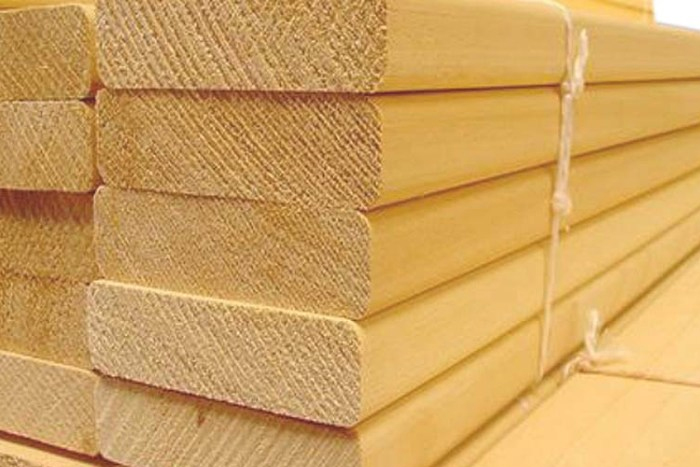
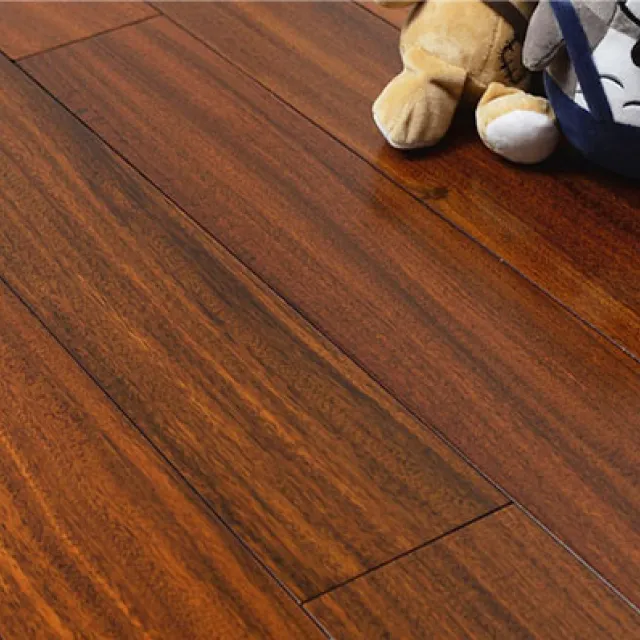
Reviews
There are no reviews yet.